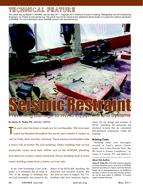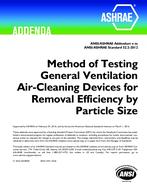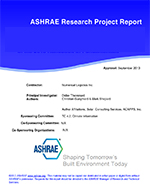Building operators can save significant time by using direct digital control (DDC) system programming logic, and by creating concise building monitoring system (BMS) screens to troubleshoot heating, ventilating, and air conditioning (HVAC) systems. These approaches can also lower energy costs. A mature energy efficiency utility uses fundamental psychrometric formulas and parameters in DDC systems’ control logic to check sensor performance, improve equipment operation, and verify valve and damper operation. Relative humidity sensors control humidifiers and dehumidification coils, and have been used indirectly to calculate enthalpy in economizers. Applying fundamental HVAC formulas to DDC control logic identifies inaccuracies in relative humidity sensors, which—if left uncorrected—can result in poor economizer performance, or unnecessary humidification and dehumidification. These problems frequently increase HVAC operating costs. The efficiency utility has also calculated outdoor air dew-points to check sensor performance and optimize chiller and humidification system performance. This paper defines dew-point under several conditions, describes how it differs from relative humidity, and describes dew-point changes on latent and sensible cooling and heating loads. It also presents psychrometric facts and how they can be used to check HVAC system performance. Programming this logic into the DDC involves simple “if” statements and can identify faulty sensors.
Citation: 2016 Annual Conference, St. Louis, MO, Conference Papers
Product Details
- Published:
- 2016
- Number of Pages:
- 8
- Units of Measure:
- Dual
- File Size:
- 1 file , 1.7 MB
- Product Code(s):
- D-ST-16-C021


